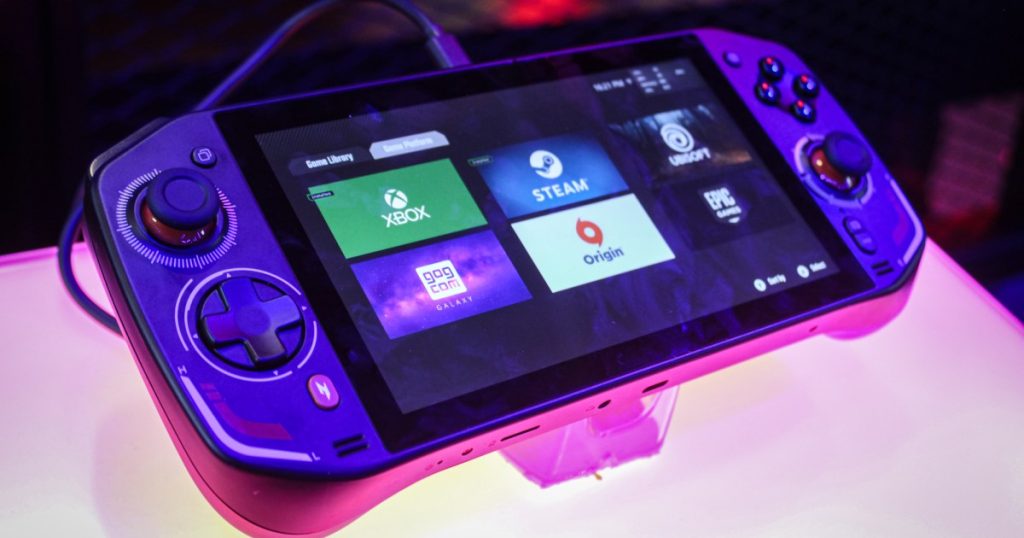Handheld PC gaming has gained significant popularity recently, sparking interest and enthusiasm within the gaming community.
Following in the footsteps of the Steam Deck and the Nintendo Switch, devices like the Asus ROG Ally are being touted as the “next big thing” in portable gaming. However, the sustainability and potential growth of this form factor are being called into question.
After an exclusive discussion with Acer’s leaders at IFA 2024, I find myself reevaluating my assumptions about the future of handheld gaming.
Challenges in the Market
One of the key appeals of handheld gaming is its affordability. The introduction of devices like the $400 Steam Deck has made PC gaming more accessible in terms of both price and portability. This move has generated excitement among gamers looking to complement their existing gaming setups.
However, this affordability has presented a challenge for tech companies aiming to expand in this category. Acer, for instance, is entering the handheld gaming market with its Nitro Blaze 7 but is cautious about the category’s potential for significant success.
In an unexpected response, Acer’s COO, Jerry Kao, expressed skepticism about the market’s growth prospects. While Acer recognizes the importance of offering gaming options, he remains less optimistic about the category’s long-term potential.
Kao highlighted pricing as a major hurdle, with competitors like the Steam Deck setting a low price benchmark that makes differentiation and profitability challenging for other manufacturers.

Subsequent observations revealed that the Nitro Blaze 7 may not be a wholly original product from Acer, potentially dampening expectations for its success in the market. Competitors like Asus and Lenovo have also made advancements in the gaming handheld space, indicating continued interest in the category.
Exploring New Horizons

Amidst these challenges, Acer is exploring innovative approaches to gaming with its Project Dualplay. This experimental laptop integrates a game controller into its chassis, enabling wireless use and multiplayer gaming on-the-go.
While distinct from the Nitro Blaze 7, Project Dualplay reflects a broader trend of convergence between console and PC gaming, emphasizing the universal appeal of gaming controllers across different platforms.
Acer’s GM of Notebooks, James K. Lin, emphasized the company’s commitment to expanding the PC gaming ecosystem through unique products like Project Dualplay, despite potential trade-offs such as reduced battery capacity.
As gaming handhelds continue to evolve, Acer’s cautious outlook aligns with industry uncertainties. However, the company’s exploration of new gaming concepts like Project Dualplay demonstrates a commitment to innovation and diversification in the gaming market.


